Lipid peroxidation regulates long-range wound detection through 5-lipoxygenase in zebrafish
- PMID: 32868902
- PMCID: PMC7898270
- DOI: 10.1038/s41556-020-0564-2
Lipid peroxidation regulates long-range wound detection through 5-lipoxygenase in zebrafish
Erratum in
-
Author Correction: Lipid peroxidation regulates long-range wound detection through 5-lipoxygenase in zebrafish.Nat Cell Biol. 2021 May;23(5):566. doi: 10.1038/s41556-021-00683-0. Nat Cell Biol. 2021. PMID: 33850303 No abstract available.
Abstract
Rapid wound detection by distant leukocytes is essential for antimicrobial defence and post-infection survival1. The reactive oxygen species hydrogen peroxide and the polyunsaturated fatty acid arachidonic acid are among the earliest known mediators of this process2-4. It is unknown whether or how these highly conserved cues collaborate to achieve wound detection over distances of several hundreds of micrometres within a few minutes. To investigate this, we locally applied arachidonic acid and skin-permeable peroxide by micropipette perfusion to unwounded zebrafish tail fins. As in wounds, arachidonic acid rapidly attracted leukocytes through dual oxidase (Duox) and 5-lipoxygenase (Alox5a). Peroxide promoted chemotaxis to arachidonic acid without being chemotactic on its own. Intravital biosensor imaging showed that wound peroxide and arachidonic acid converged on half-millimetre-long lipid peroxidation gradients that promoted leukocyte attraction. Our data suggest that lipid peroxidation functions as a spatial redox relay that enables long-range detection of early wound cues by immune cells, outlining a beneficial role for this otherwise toxic process.
Figures
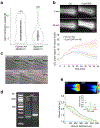
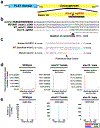
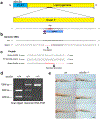
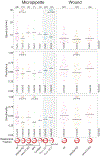

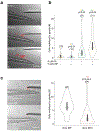
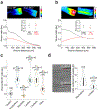


Comment in
-
Igniting the spread of ferroptotic cell death.Nat Cell Biol. 2020 Sep;22(9):1027-1029. doi: 10.1038/s41556-020-0570-4. Nat Cell Biol. 2020. PMID: 32868901 No abstract available.
References
Publication types
MeSH terms
Substances
Grants and funding
LinkOut - more resources
Full Text Sources
Other Literature Sources
Medical
Molecular Biology Databases
Research Materials

